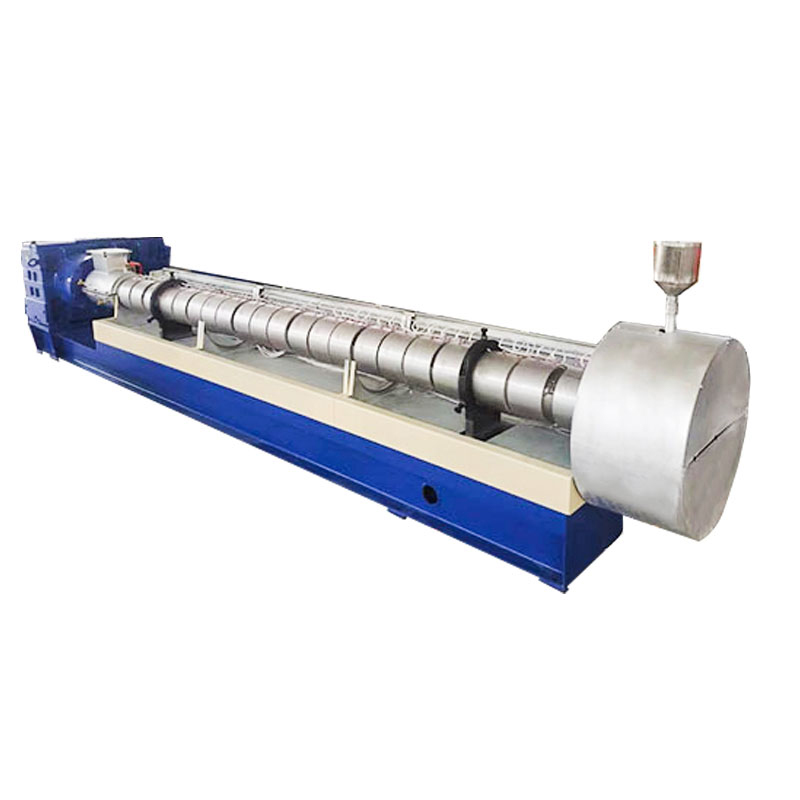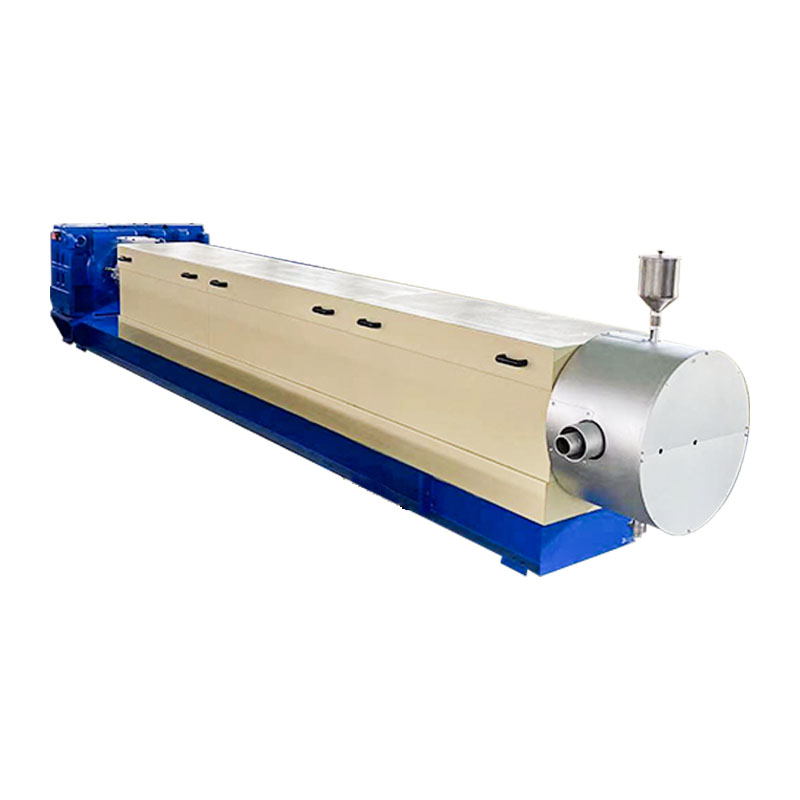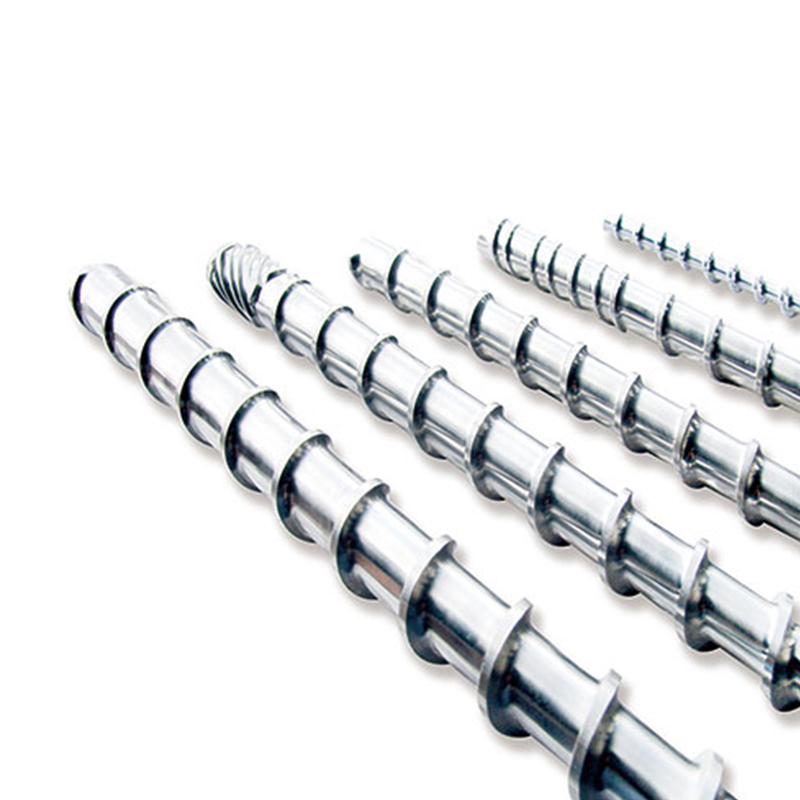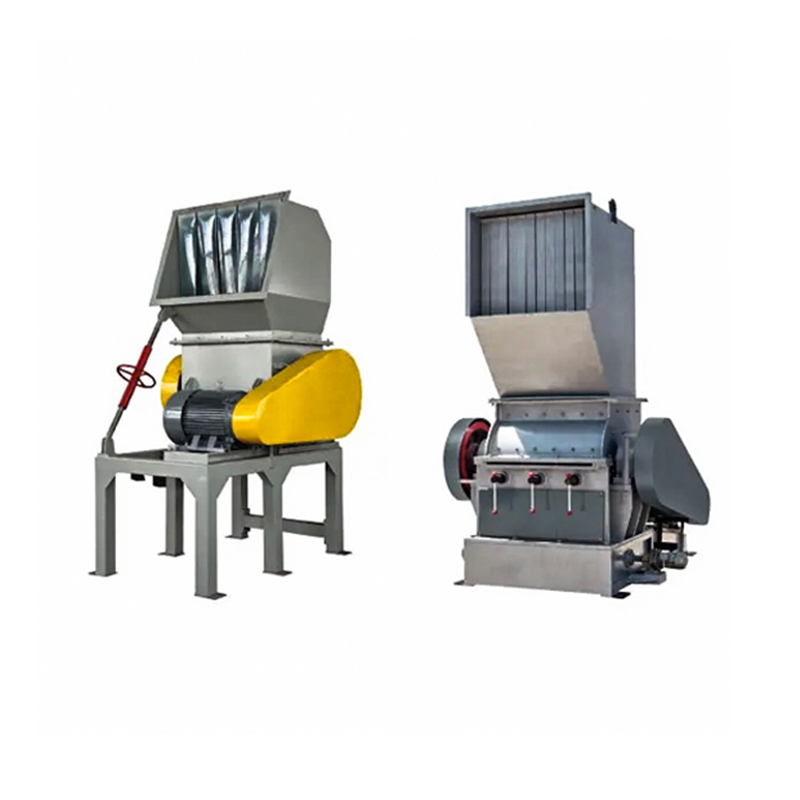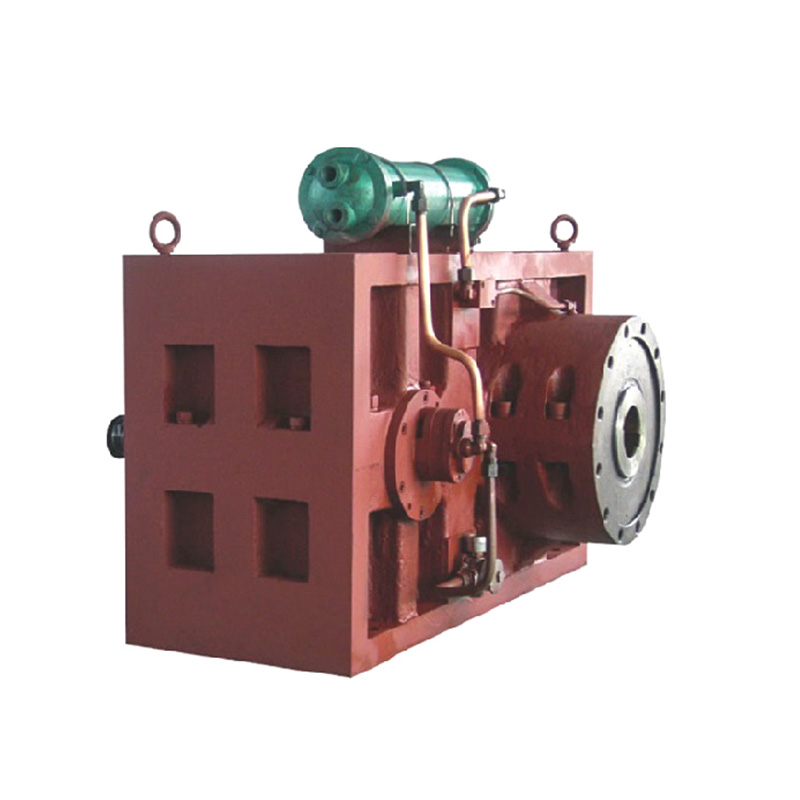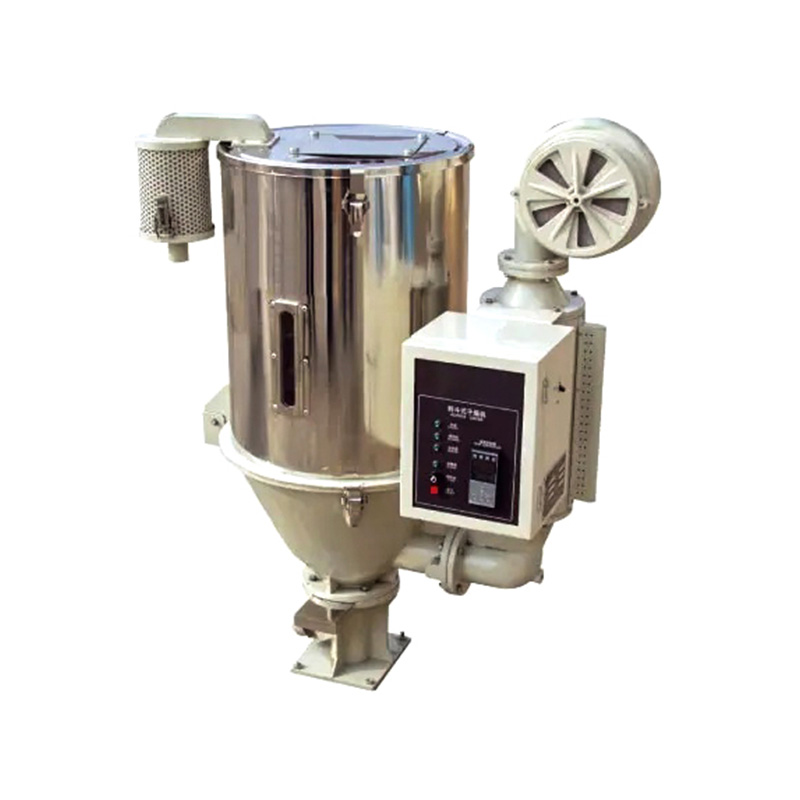In the face of high viscosity materials, the material selection and performance challenges of Screw Barrel For Extrusion Machine (extruder screw and barrel) are mainly reflected in the following aspects:
Material selection challenges
Wear resistance: High viscosity materials will cause greater friction on the surface of the screw and barrel during the extrusion process, resulting in increased wear. Therefore, it is necessary to select materials with high wear resistance, such as cemented carbide, bimetallic composite materials, etc. These materials can maintain stable performance for a long time in a high friction environment.
Corrosion resistance: Some high viscosity materials may be corrosive and cause erosion to the screw and barrel materials. Selecting materials with good corrosion resistance, such as stainless steel, nickel-based alloys, etc., can effectively extend the service life of the equipment.
High temperature stability: High viscosity materials often require higher temperatures to reduce their viscosity during the extrusion process, which requires that the screw and barrel materials must have good high temperature stability and be able to maintain their mechanical properties and chemical stability at high temperatures.
Thermal conductivity: Good thermal conductivity helps the material to be heated evenly during the extrusion process, improving the extrusion efficiency and quality. Therefore, the thermal conductivity of the material needs to be considered when selecting materials.
Performance Challenges
Processing accuracy: The extrusion of high-viscosity materials requires high processing accuracy for the screw and barrel. The screw's helix angle, pitch, groove depth and other parameters need to be precisely controlled to ensure that the material can flow smoothly during the extrusion process and achieve the desired extrusion effect. The inner wall of the barrel also needs to be kept smooth to reduce friction and resistance.
Strength and rigidity: The screw and barrel need to withstand greater pressure and torque during the extrusion process, so they must have good strength and rigidity. This requires the material to have sufficient mechanical properties and stability to ensure that the equipment does not deform or damage during long-term operation.
Thermal expansion control: In a high temperature environment, the screw and barrel materials will undergo thermal expansion. If the thermal expansion coefficient is not matched or improperly controlled, it may cause the gap between the screw and the barrel to change, affecting the extrusion effect. Therefore, the thermal expansion properties of the material need to be considered during material selection and design, and corresponding measures need to be taken to control it.
Cooling and lubrication: In order to reduce the temperature and friction of high-viscosity materials during the extrusion process, the screw and barrel need to be effectively cooled and lubricated. This requires the equipment to have a complete cooling system and lubrication system to ensure that the screw and barrel operate in the best condition.

Web Menu
Product Search
Exit Menu
Industry News
Home / News / Industry News / What are the material selection and performance challenges of Screw Barrel For Extrusion Machine in the face of high viscosity materials?
Product Categories
What are the material selection and performance challenges of Screw Barrel For Extrusion Machine in the face of high viscosity materials?
Recommended Products
CONTACT US AND GET A QUOTE
PRIORITY TO LEARN ABOUT OUR NEW PRODUCTS
PRIORITY TO LEARN ABOUT OUR NEW PRODUCTS
CONTACT INFO
Copyright©2023 Zhejiang Dowell Machinery Co.,Ltd. All Rights Reserved. Plastic Extrusion Machinery Manufacturers Plastic Screw Barrel Suppliers


 عربى
عربى


